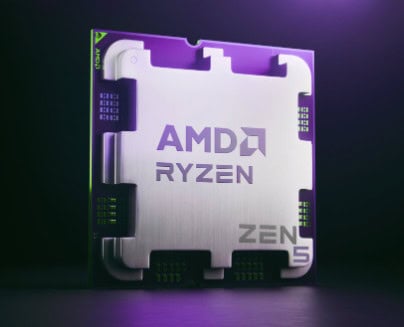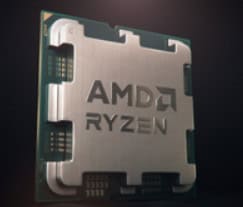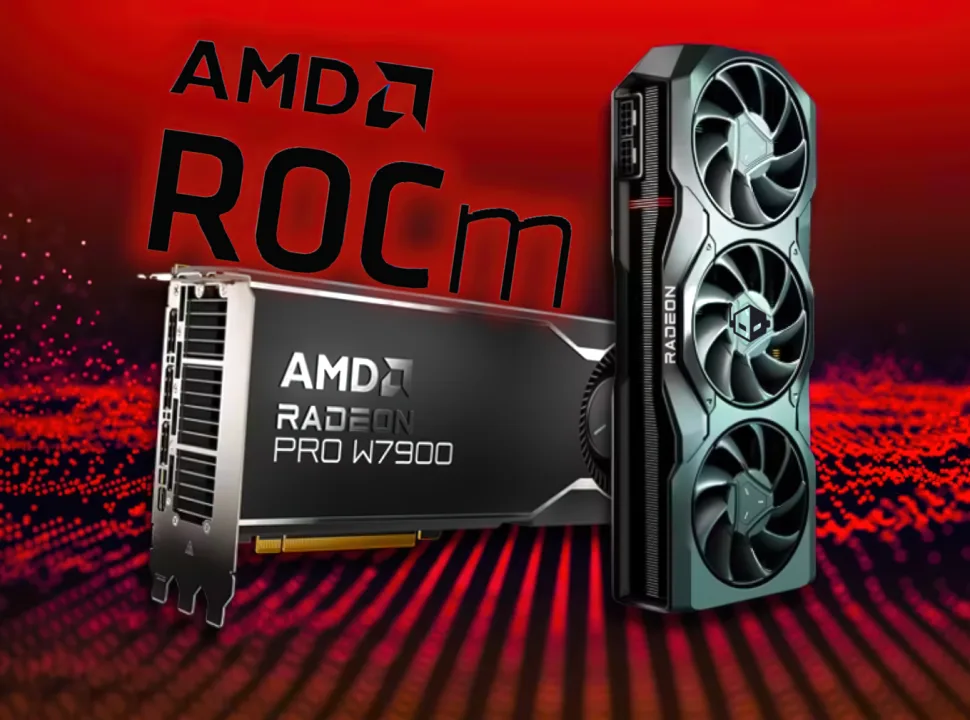Intel’s Lunar Lake architecture not only introduced the processor family but also confirmed that it will forgo using Hyper-Threading (SMT) in its next-generation, mobile-focused designs. In the meantime, benchmarks of AMD’s Zen 5 and Zen 5c have emerged on Phoronix showing that despite their generational improvements SMT is something they still benefit from, with significant performance-per-watt gains in tow.

More About the AMD Zen 5 Testing
Phoronix tested the AMD Ryzen AI 9 HX 370 on Linux, with four Zen 5 cores and eight Zen 5c cores, all with SMT capabilities. Benchmarks on Ubuntu 24.04 ran with SMT enabled and then disabled to see the performance impact. All 57 tests showed improved scores when SMT was active and the Ryzen AI 9 HX 3700 scored an average of 18% higher overall with simultaneous multithreading switched on In some cases, the advantage was even greater, such as a 67% improvement in the toyBrot Fractal Generator benchmark.

Power consumption tended to be flat regardless of whether SMT was turned off, increasing by a measly 2% with SMT enabled. Thermals also went unscathed, which means that SMT didn’t put a massive dent in your power consumption or heat output. The results highlight that AMD’s Zen 5 and Zen 5c architectures benefit greatly from SMT, delivering up to 18% more performance with minimal impact on power consumption.
This felt square peg in a round hole versus Intel’s aim with Lunar Lake to boost performance efficiency by throwing out Hyper-Threading. The new Lion Cove P-cores will run without Hyper-Threading in Lunar Lake but rely on faster next-gen E-core with the required net increase. The company notes this gains 30% in performance per watt.

Intel claimed that its older Hyper-Threading implementation was only used if E-cores were utilized completely which played into it being removed in Lunar Lake. According to what Phoronix discovered, SMT has obvious advantages that are very valuable for architecture like AMD’s, and where Intel Lunar Lake lands with its Ryzen AI 300 series comes next month should someone expect the launch.
FAQs
Why did Intel remove Hyper-Threading from Lunar Lake?
To boost performance efficiency and improve power-per-area metrics.
What benefits does SMT offer in AMD’s Zen 5?
SMT provides up to an 18% performance boost with minimal power impact.








